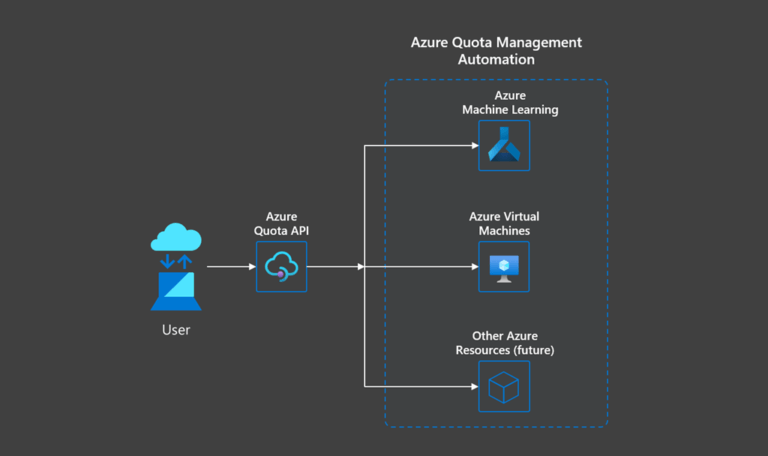
Businesses are at a pivotal moment in time. The International Monetary Fund (IMF) estimates that global GDP shrank by 4.4% in 2020, and contraction in the most advanced economies is estimated to be 5.8%. Today, however, vaccine availability and distribution brings us the brightest glimmer of hope yet that slowing the devastation of the virus may be a reality. More effectively addressing the health crisis also means economic recovery is becoming a stronger possibility – if businesses can lean into change and embrace new ways of working.
To enable this recovery, organisations across every industry are accelerating their shift to digital solutions. Turning to cloud technology promises to solve their most challenging problems and enable opportunities amidst changing customer demands and regulatory frameworks. In fact, McKinsey estimates the pandemic has fueled a three- to four-year acceleration of companies adopting digital technologies to support their customer and supply chain interactions. The most innovative companies need to rethink how employees collaborate and how they can digitise customer experiences.
Here are three key ways in which companies can use technology to their advantage and fuel their own recovery.
Businesses need to lower their costs and replatform for the future
Macroeconomic and geopolitical uncertainties create unknowns for every business. As a result, CEOs and CFOs are naturally seeking to optimise areas of their organisations.
Buying, maintaining and upgrading the technology infrastructure needed to run a business is not only difficult, but increasingly it is prohibitively expensive. Fixed IT systems require users to accurately predict their future needs, which now seem out-of-touch with our ever-changing business landscape. By contrast, a cloud server ensures that you only invest in the right amount, enabling users to flexibly adjust their consumption to meet fluctuating demands. This allows businesses to reinvest the remaining capital in creating customer experiences that will drive value creation. Gartner estimates that infrastructure-as-a-service is expected to grow 27.6% in 2021, precisely because of these cost savings and operational efficiencies – two of the greatest benefits of moving to the cloud.
Additionally, companies are realising the potential of a multicloud strategy. This set-up allows businesses to achieve an open, secure and agile infrastructure that can run in any environment, on any cloud. To grow and innovate within a company may mean moving entire on-premise IT infrastructure to the cloud, to transform digital operations.
Every business needs a digital front door
The remote nature of our lives—which is a permanent shift—is compelling businesses to use data and analytics to understand their customers better, overall enriching the customer experience.
Lockdowns have accelerated customer preferences for digital alternatives. Face-to-face customer service – a physical front door- is no longer enough to sustain a growing business. Today, customers also demand a ‘digital entrance’, and it’s transcending virtually every industry. In retail, companies are using AI and machine learning to deliver a better, more accurate online experience. Healthcare providers need secure, scalable platforms that support digital patient visits known as telemedicine.
Digital front doors are also changing the way governments work, like leveraging the cloud to distribute unemployment insurance online. With digitisation comes the opportunity for businesses to use data and analytics to make smarter decisions and get closer to their customers by creating more useful and productive experiences. By investing in innovative digital front doors now, companies will remain agile throughout the pandemic, whilst pivoting with changing customer expectations. Companies should celebrate the ease of digital experiences, which are personalisable and in no way mean a sacrifice on quality.
Companies need to embrace new ways of working
The future of work—and, for that matter, the definition of “workplace” itself—has transformed. While the pandemic as we know it will one day subside, our new way of working is here to stay, and it’s heightened the need to rethink how people get things done. We see the need for a new hybrid work environment, where companies and employees can use a digital workspace that allows them to collaborate on a flexible, cloud-native platform to generate new ideas and connect with each other. A successful transition into this new era of work is contingent on how successfully companies keep their people engaged, productive, and connected while reevaluating existing communication and collaboration tools.
No one can predict what the coming years will bring, but companies can control how they respond to uncertainty by investing in agile infrastructure that keeps people and connection at the heart of their operations. At this inflection point in the story of work, the ways in which each company responds to the challenges and opportunities it brings will define their relevance in the future. Those who lean into change, no matter how uncomfortable, and embrace the opportunity to fundamentally transform, will be stronger than before.

Interested in hearing industry leaders discuss subjects like this and sharing their experiences and use-cases? Attend the Cyber Security & Cloud Expo World Series with upcoming events in Silicon Valley, London and Amsterdam to learn more.






